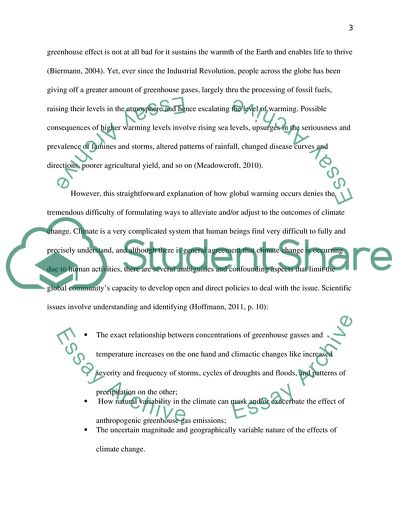Cite this document
(Environmental Policy and Governance: Climate Change Term Paper, n.d.)
Environmental Policy and Governance: Climate Change Term Paper. https://studentshare.org/environmental-studies/1830607-environmental-policy-and-governance
Environmental Policy and Governance: Climate Change Term Paper. https://studentshare.org/environmental-studies/1830607-environmental-policy-and-governance
(Environmental Policy and Governance: Climate Change Term Paper)
Environmental Policy and Governance: Climate Change Term Paper. https://studentshare.org/environmental-studies/1830607-environmental-policy-and-governance.
Environmental Policy and Governance: Climate Change Term Paper. https://studentshare.org/environmental-studies/1830607-environmental-policy-and-governance.
“Environmental Policy and Governance: Climate Change Term Paper”. https://studentshare.org/environmental-studies/1830607-environmental-policy-and-governance.


